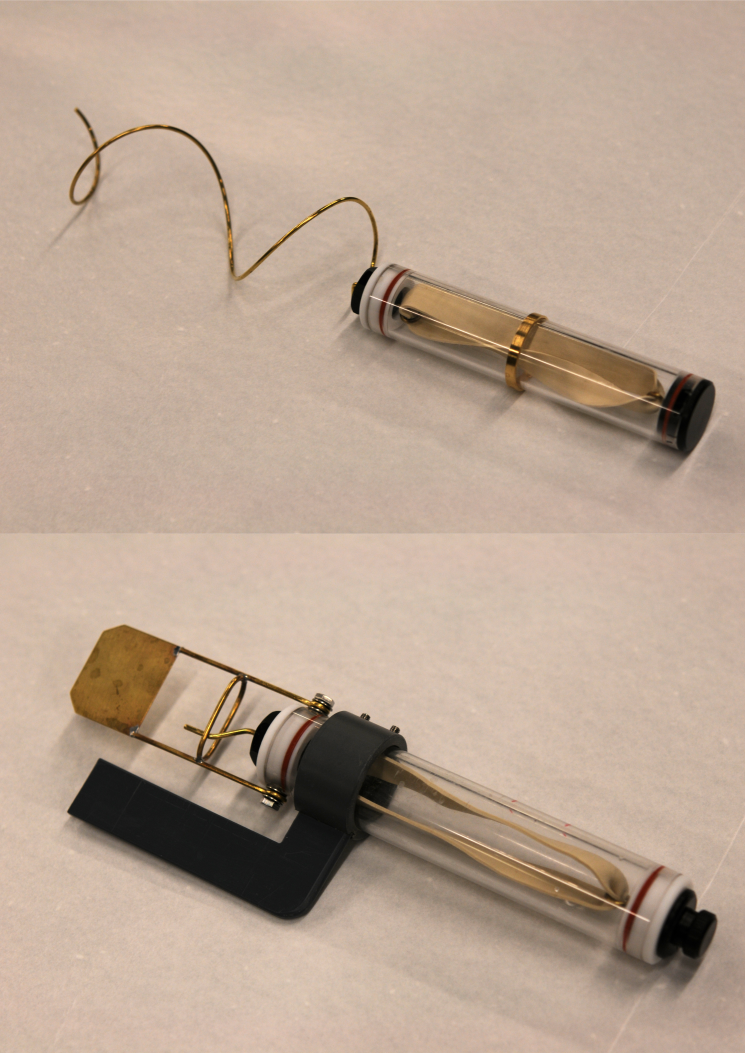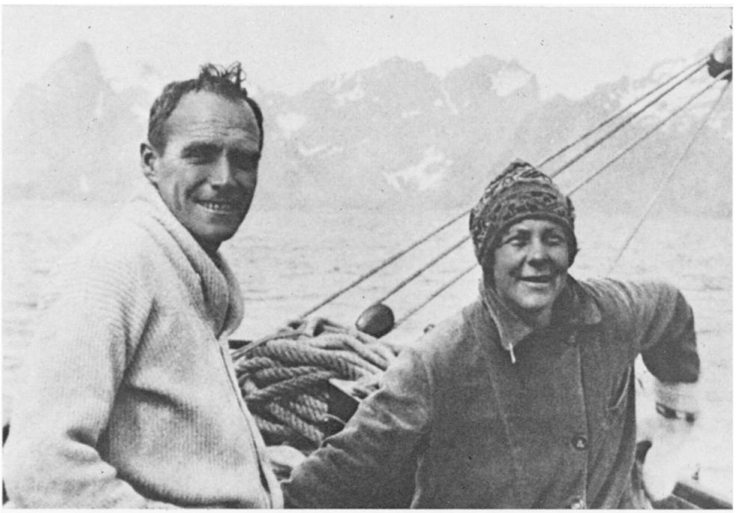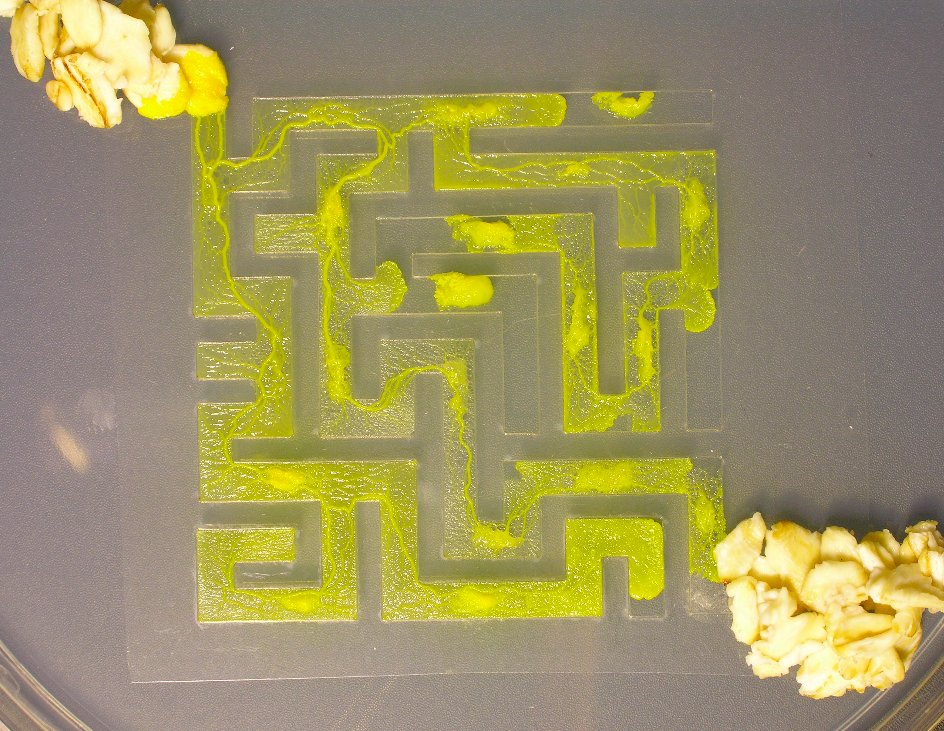Science Festival Open Day at DAMTP
2013/2015/2017
Every two years, the Department of Applied Maths and Theoretical Physics organises a lab open day during the Science Festival of the University of Cambridge. For each of them, I contributed demonstrations with micro-organisms.
In 2013, we designed with Dr. Kirsty Wan (middle photo, left) a dark chamber to observe the luminescent bacterium Photobacterium phosphoreum glowing, and discover the role of oxygen in luminescence. We also painted these bacteria on agar plates (top picture), and demonstrated phototaxis (the behavior of chasing light) in Chlamydomonas reihnardtii, a single-celled microalga.
In 2015, we set up a microscope above a small puddle of Volvox globator, a swimming colonial alga of around 1 mm diameter, to demonstrate their phototaxis live, by having them run from one end of the field of view to the opposite end when switching light position (bottom photo).
In 2017, I improved the design of this last demonstration set-up, by installing 4 LEDs, one on each side of a square arena, which could be activated by kids with a remote control, allowing them to choose the light signal they wanted to impose. To see Volvox in action, check the video: play video



